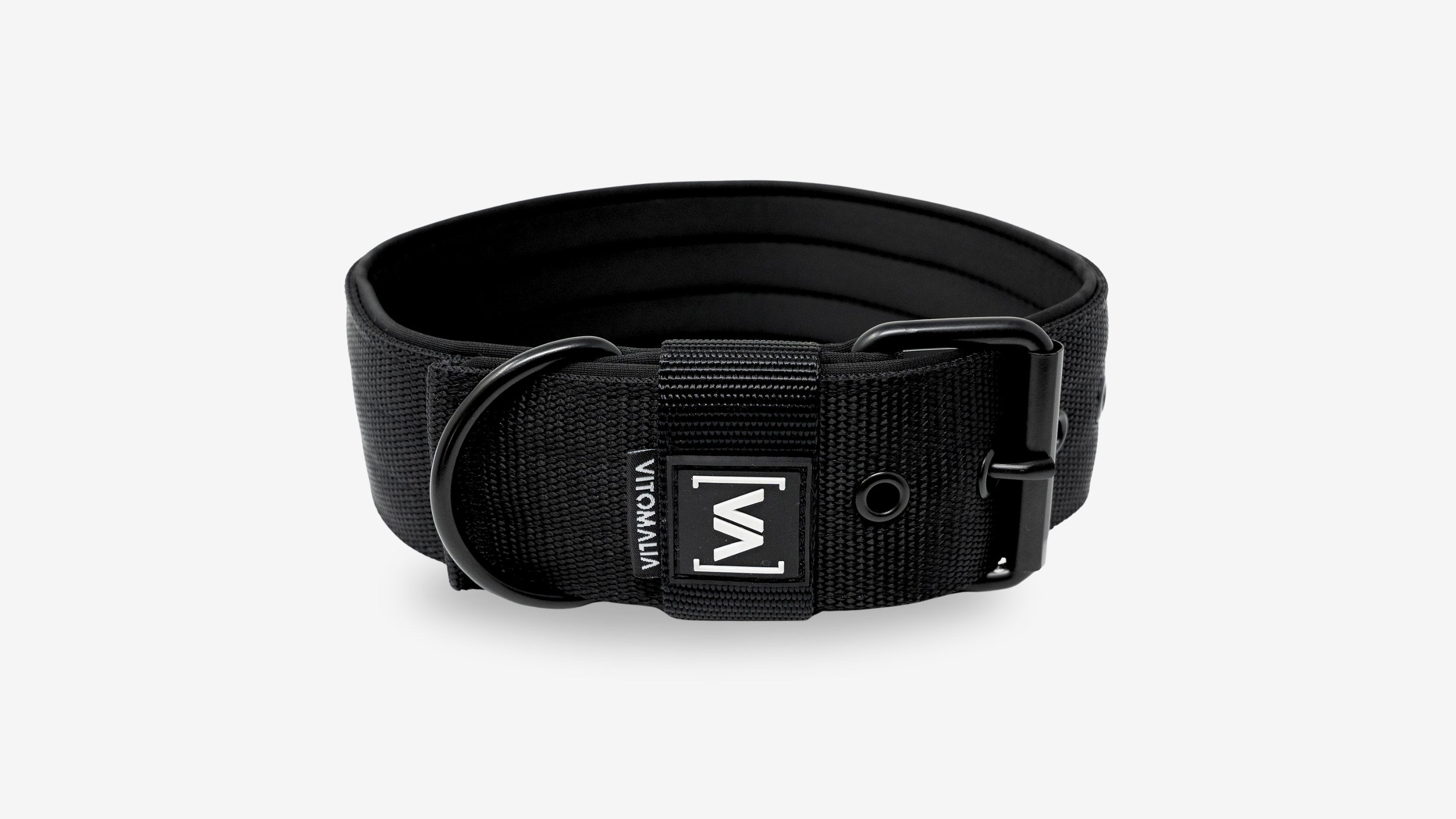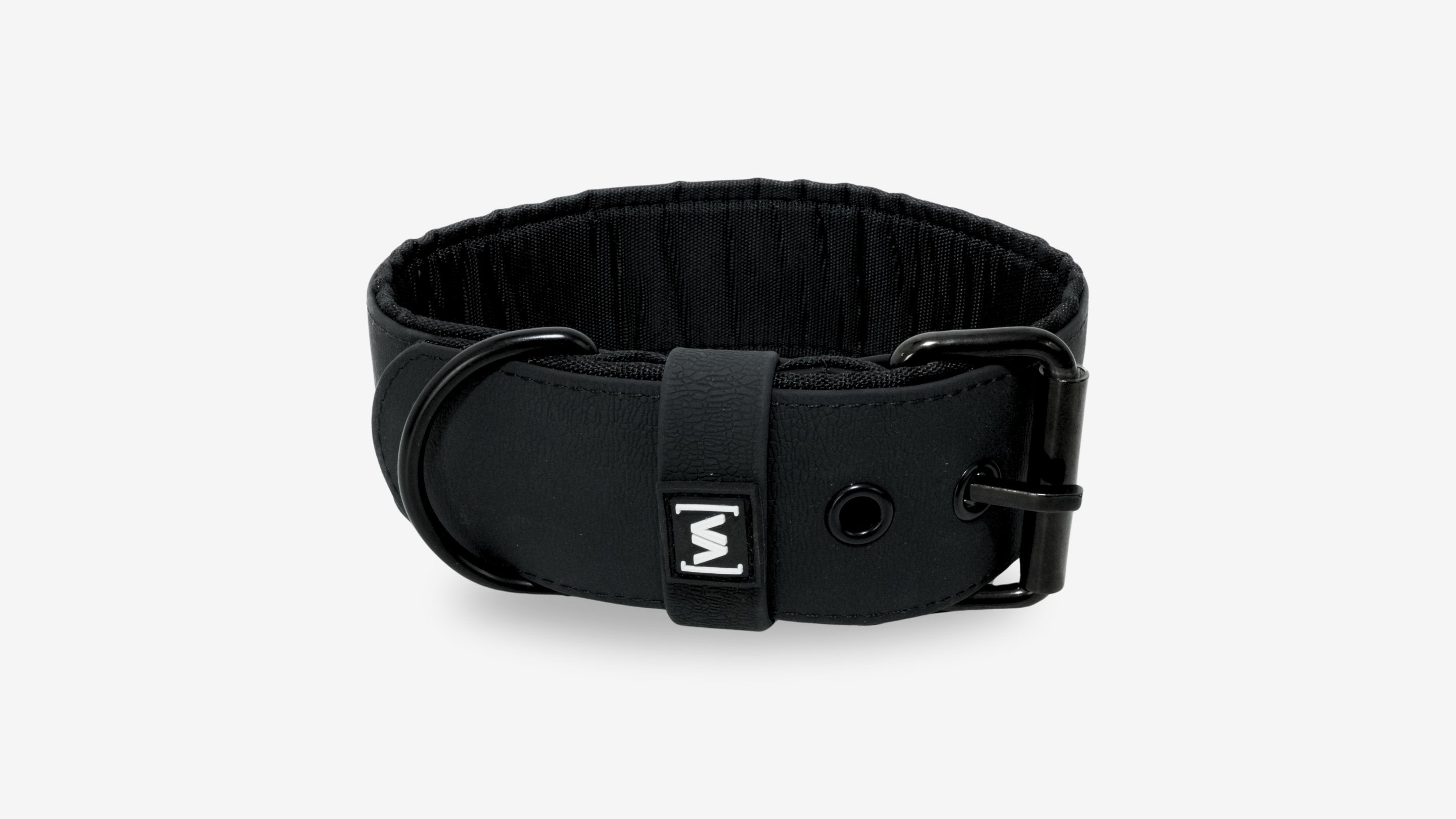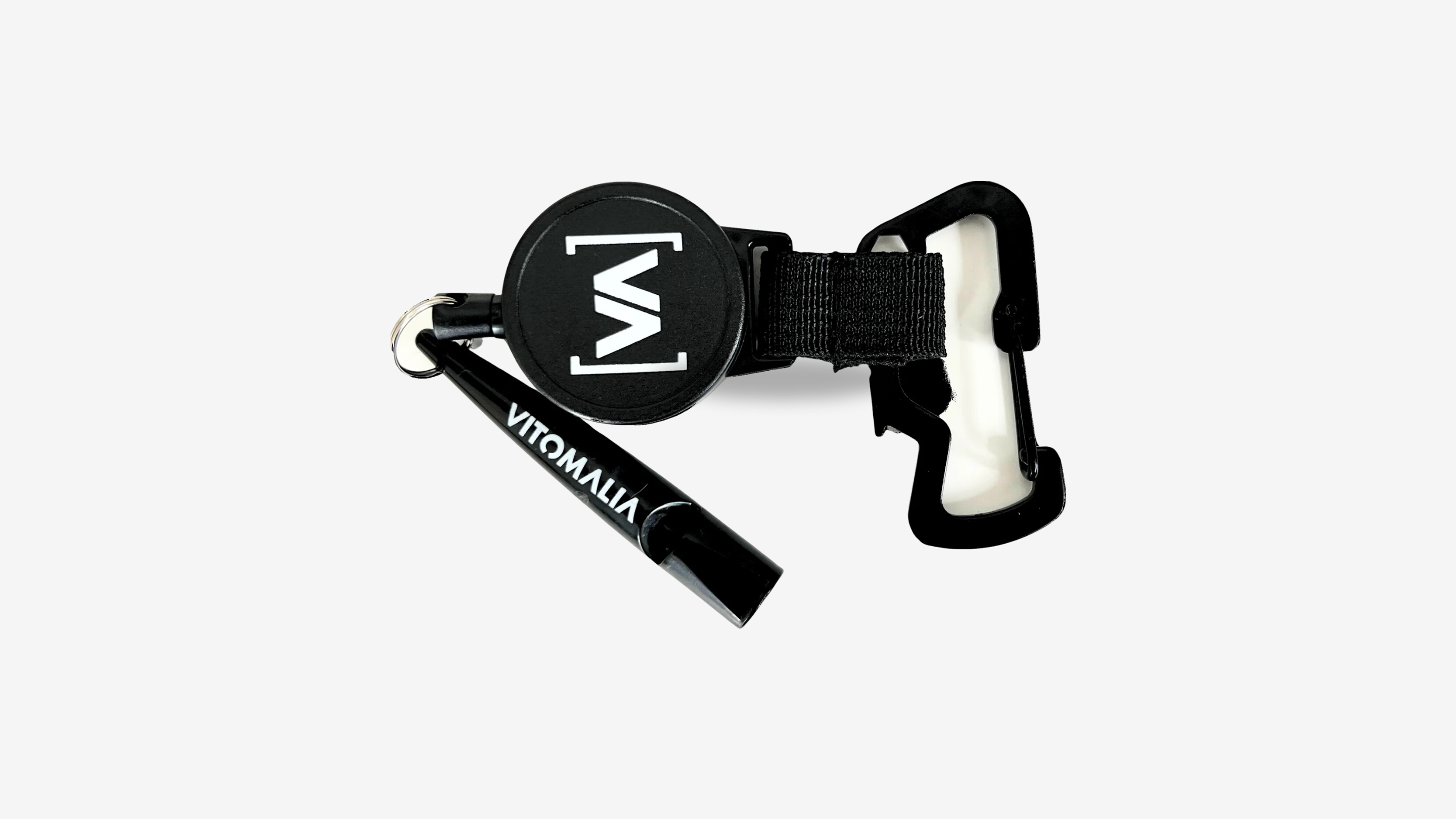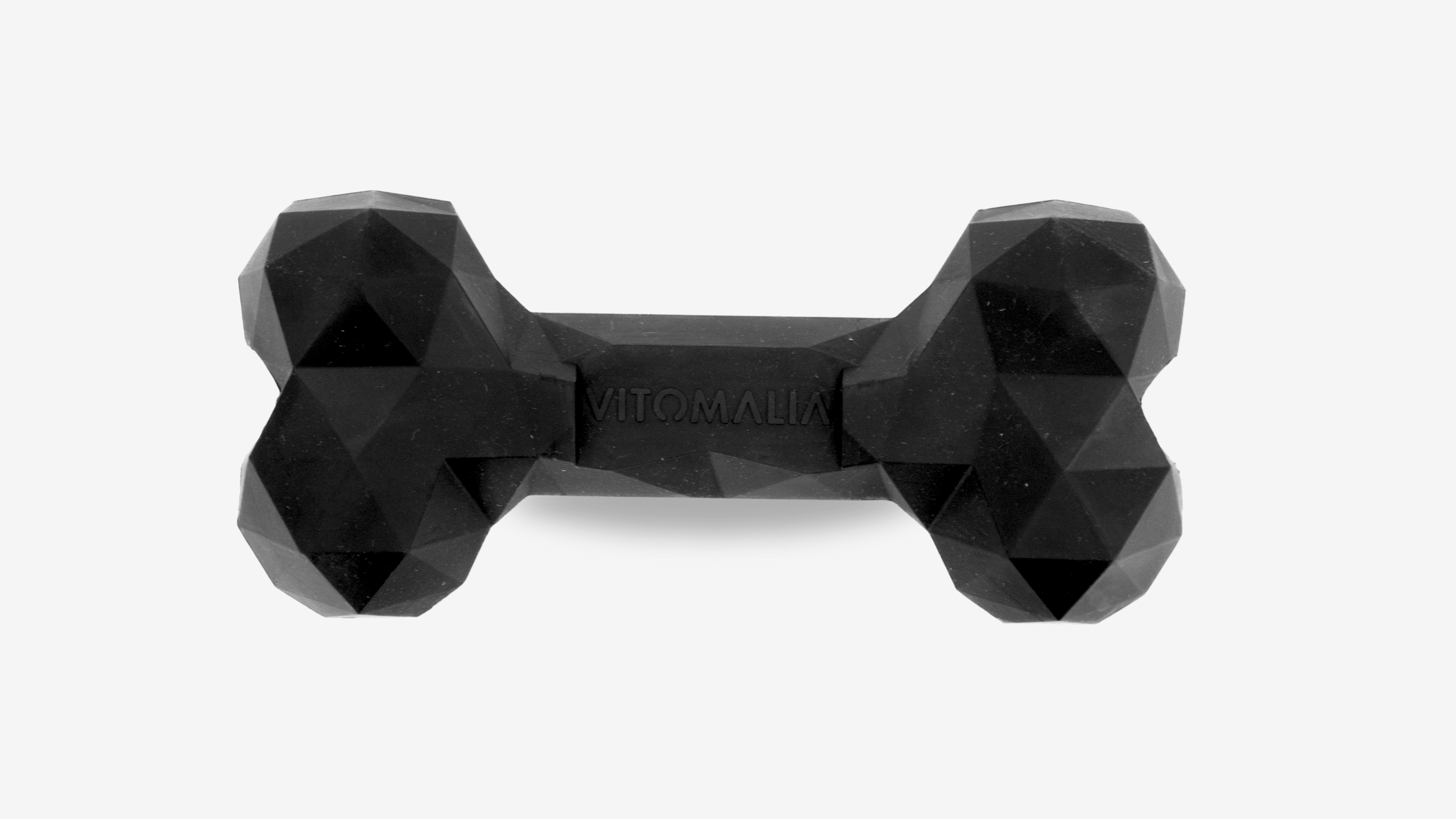Entry requirements & transit regulations for Denmark with a dog / listed dog
Holiday with a dog
Travelling with your dog is a wonderful experience. You can spend time together and build a deep relationship and at the same time create an intimate bond through new experiences together. If you are planning a holiday with your dog, you will probably be travelling by car. In the article Tips for long car journeys with dogs, we have put together recommendations for you on how to make a long car journey pleasant for you and your dog. You can also download our free packing list for dogs in this article.
We personally travel a lot with our Bulli within Europe. We always have to research new entry regulations. For listed dogs, such as our dog breeds, special or even stricter regulations sometimes apply. Some breeds are not allowed to enter some countries at all.
This blog will help you to find the right entry requirements for Denmark in a nutshell.
Entry requirements for Denmark with a dog / listed dogDänemark ist ein wunderschönes Land, bestehend aus mehreren Inseln. Es liegt zwischen Mitteleuropa und Skandinavien. Dadurch ist es direkt am Wasser gelegen und umgeben von Natur. Im Westen grenzt Dänemark an die Nordsee, im Norden und Nordosten an die Ostsee. Fast zwei Drittel der Fläche Dänemarks fallen auf die Halbinsel Jütland. Das restliche Drittel besteht aus etwa 480 Inseln. Das Klima ist entsprechend dem Seeklima mit eher kühlen Sommern und milden Wintern, aber einer hohen Luftfeuchtigkeiten. Es ist demnach ein ideales Land für all diejenigen Menschen und Hunde, die es weder besonders heiss noch besonders kalt mögen. Besonders bekannt ist die dänische Lebensweise des Hygge. Hygge ist ein Bestandteil der dänischen Lebensart und beschreibt eine gemütliche Atmosphäre und den Genuss des Lebens. Klingt einladend, oder? Ganz so einfach ist das für Hundemenschen für den Urlaub nicht – zumindest nicht für alle Hunderassen. |
 |
Denmark regulates the entry regulations for dogs in the Danish Dog Act. The entry regulations apply to both tourists and other people who bring dogs with them. The current and very strict Dog Act has been in force since June 2014 (as of January 2022). On the one hand, stricter entry regulations have been defined here, but stricter requirements within Denmark have also been drawn up. Dogs that attack a person or other dog are put down by the police. The Danes do not distinguish whether it is a local dog or a tourist dog. However, as the owner, you can request an expert opinion from an independent expert in such a case. This fact is quite frightening. Denmark itself advertises on their website of the Ministry of Food, Agriculture and Fisheries that this has only been the case for a few years. 622 We still find it uninviting:
"Since the law came into force in 2010, a total of 465 dogs on the banned list have been put down, and 157 dogs have been put down after attacking other animals or people. In total, 622 dogs have been put down under the provisions of the Danish Dog Act. However, this figure should be seen in relation to the total number of dogs living in Denmark, which according to the latest figures from the Danish police is more than 585,000."
- Danish Veterinary And Food Administration
 |
Denmark also bans the breeding, keeping and import of 13 specific dog breeds, as well as crossbreeds containing these breeds. The following 13 dog breeds and their crossbreeds are banned in Denmark:
|
As a result, the Danish Dog Act excludes holidays in Denmark with one of the above breeds or a mixed breed containing one of the above breeds. The police may ask for official proof (with traceable pedigree) that determines the breed. Official proof is a DNA breed test or a pedigree. Especially if your dog resembles one of the breeds banned by Denmark, we would recommend that you have written proof or advise against holidaying in Denmark.
Checklist entry requirements
Valid EU pet passport
✅ Microchip with transponder number in the EU pet passport
✅ Valid rabies vaccination (at least 21 days before entry)
✅ No puppies younger than 15 weeks (rabies vaccination at the earliest at the age of 12 weeks, then a further 21 days until effective vaccination protection is formed)
✅ None of the 13 breeds and their crossbreeds on the Danish prohibited list
Dogs from non-EU member states must be imported into Denmark via a "Travellers Point". Dogs from Switzerland can enter Denmark via any border crossing and are not subject to a document check by the competent authorities.
Travelling through Denmark with a listed dog
Holidays in Denmark with a dog are not possible for every dog breed. However, if you want to travel from Sweden to Germany or vice versa, the shortest route is through Denmark. Transit through Denmark is permitted for all dog breeds, regardless of whether they are a listed dog or a breed from Denmark's prohibited list. If the dog is one of the 13 prohibited dog breeds mentioned above or a mixed breed containing one of the above breeds, the dog may only leave the means of transport (car) on a lead and for short breaks to be released. Longer stays are strongly discouraged.
We personally recommend that if you are travelling through Denmark with a dog of one of the 13 banned dog breeds, you simply carry a hotel certificate for Sweden or Germany for the same day. This way you are on the safe side. If the law makes travelling through too tricky for you, you can skip Denmark and use a ferry.
Our personal experience
We travelled to Sweden via Denmark with our two dogs. As Vito is an American Staffordshire Terrier mix and Amalia an American Pitbull Terrier, both are banned breeds. With a hotel reservation for the same day in the Swedish city of Malmö, we had proof that we were only passing through. We were stopped at the Danish border, but the dogs were not approached again. We stopped at a service station for a short pee break and had the dogs unleashed. As it was dark and we really only stopped for a very short time, there were no further incidents during our trip. On social media reads We personally know too little about the background to these stories and are unable to research them sufficiently. From our own experience, we can describe the transit as unproblematic.






















